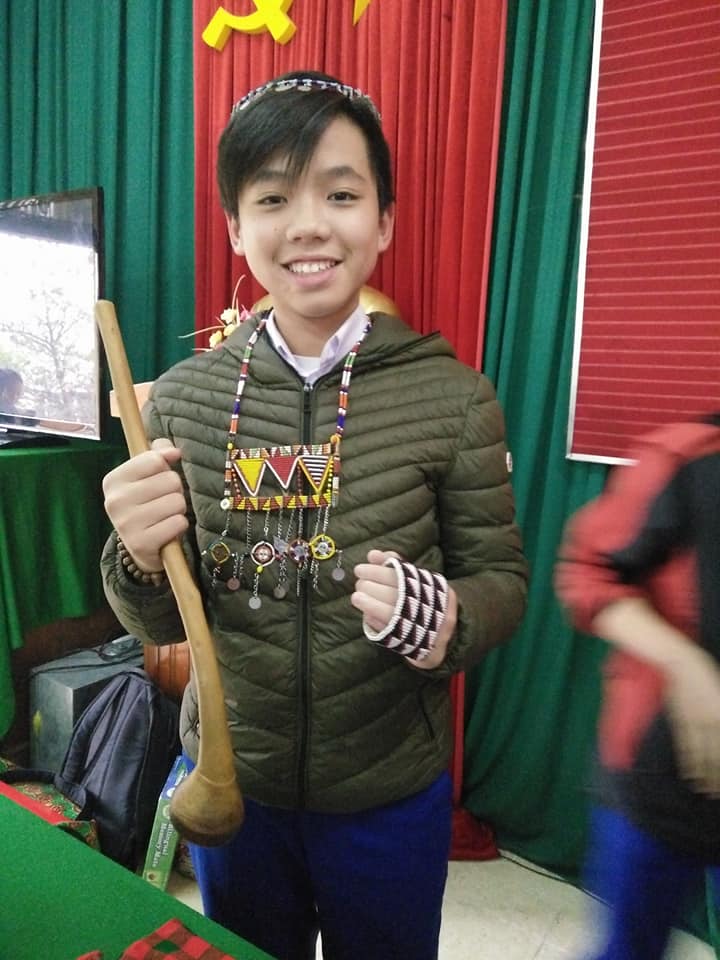Winter Tour of Mini Cultural Museum
“What is ‘museum’ in bisaya (our language)?” Tala Mae, grade 5, asked.
Her older sister replied, “Museum. You just have never been to one!”
This December, Global Playground visited three partner schools in Southeast Asia. While visiting the schools, Global Playground sponsored a Mini Cultural Museum at each site. Through this travelling exhibit they shared items from Global Playground project sites in Honduras, Kenya, Uganda, Thailand, and the Philippines.
Beginning in the Philippines, the group visited Agsilab Elementary School on the Northern coast of Panay island. A small, rural school of just 120 students, Agsilab Elementary has hosted Hannah Bunting in her Teaching Fellowship this school year.
Upon arrival, the Global Playground team-members were treated to Filipino cultural performances of song and dance before being given the floor to present the Mini Cultural Museum.
The tables of the museum were opened to students, parents, and teachers. With great care and curiosity, the community crowded around the colorfully patterned fabrics, handmade dolls, native tools, and other living artifacts representing the many cultures that Global Playground partners with worldwide.
Visitors especially enjoyed the opportunity to try the clothing pieces on!
“I was really amazed by the museum they brought here. It makes us appreciate the different cultures of other countries and educate us on their beliefs. With that simple presentation, we are imagining that we’re going around the world!”
While visiting the school, Global Playground also donated school supplies that were collected by Rose Smith in Bowie, Maryland. Agsilab Elementary School received 40 books, 5 maps (including 2 atlases), and art supplies. Supplies were also donated to Mangoso Elementary School, a rural Global Playground school located on Panay.
Afterwards the Global Playground team visited partner schools in Khe Sanh, Vietnam. At Khe Sanh Secondary School, the items were formally presented to the students and teachers before attendees were given the opportunity to explore the exhibit. The teachers particularly loved trying on the Kenyan Maasai jewelry.
“We were also showed how the Thai and other nations wear their traditional clothes. It was very fun to watch! The students here got really excited. We asked many things about the products in the museum. Then we were allowed to pick them up and look curiously. They were really awesome. I love the toys and cards which were made by Kenyan people.
I felt it was a really nice meeting, and helped Vietnamese students like us to understand how beautiful and diverse our world is. Thanks for the interesting culture museum that you brought to us. I hope that in the future we can have chance to see more about the cultures of other countries. ”
The museum items are particularly special because they embody the close connection among Global Playground communities. Most of the items in the exhibit are gifts received from hosts at Global Playground partner schools: a rungu shepherding staff and blanket from friends that belong to Kenya’s Maasai tribe; Shan shirts and longyi from Myanmar; clothes from Hmong and Karen tribes in Northern Thailand; and a colorful, handmade cornhusk doll from Honduras.
Currently, the Mini Cultural Museum is being rotated from classroom to classroom at Walker Jones Education Campus, a public school in Washington, DC.





